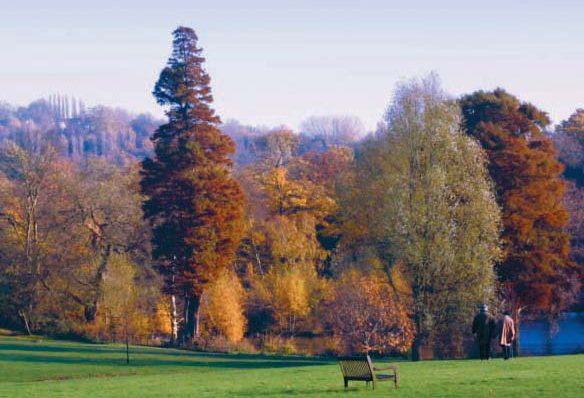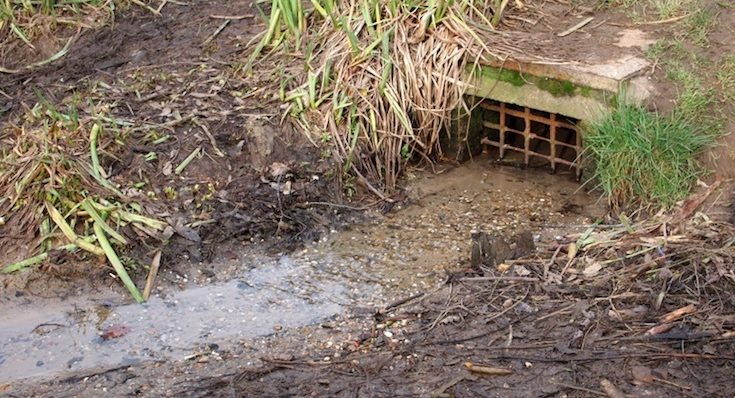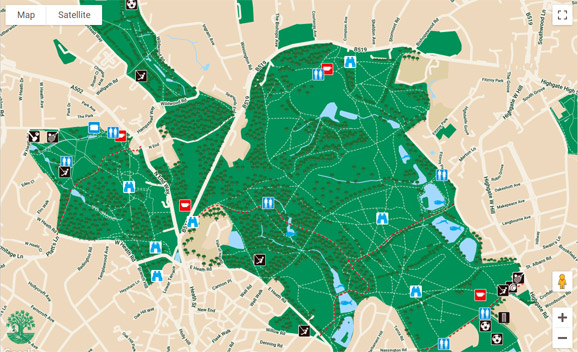Heath Vision

The principal objective of the Society is to protect Hampstead Heath.
And today we need to be as pro-active as 100 years ago in communicating our ideas about management of the Heath.
That is why the Heath Committee has produced the booklet Heath Vision.
The Work of the Heath Committee
The greatest danger facing Hampstead Heath comes not from the fact that it is loved too little – but from the fact that it is loved too much. The pressures faced by the Heath today are unprecedented.
Did you know? – Pitt’s garden gate
The grand gate to the garden of the house to which Prime Minister William Pitt retreated during his mental breakdown, stands alone, half-strangled by a gigantic beech, hidden deep in the woods of the Heath.
Did you know? – Saxon ditch
You can still walk along the Saxon ditch mentioned in King Ethelred the Unready’s grant of Hampstead to the monastery of St. Peter’s Westminster in AD 986
Did you know? – The Bagshot Sands
The Bagshot Sands at the summit of the Heath were laid down by a vast river about 40 million years ago.
Did you know? – Whitestone pond flagstaff
The flagstaff by Whitestone Pond stands at 440ft above sea level, Inner London’s highest point and the site of a beacon established to provide warning of the approach of the Spanish Armada in 1588.
Did you know? – Wildlife on the Heath
The Heath is home to 15 species of dragonfly and at least seven species of bats: Noctule, Serotine, Natterer’s, Duabenton’s, Brown Long-eared, Soprano and Common Pipistrelle. It is also home to breeding grass snakes.
Did you know? – Heath visitors
Around nine million visits to the Heath are made each year.
Did you know? – Natural bogs
One of London’s few natural bogs can be found on West Heath.
Did you know? – London’s rivers

Four of London’s rivers rise on the Heath: The Westbourne, the Tyburn, the Brent and the Fleet.

